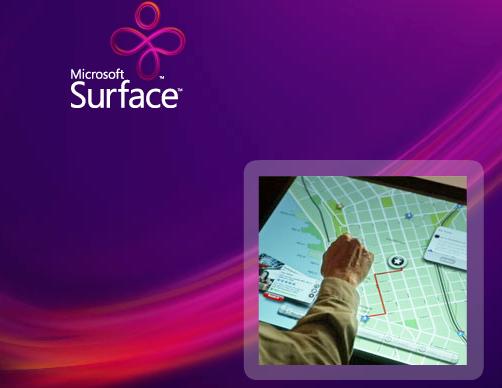

Printable PDF version
Subscribe to our newsletter
Las Vegas Casinos
Two-Tier Markets
The FIDIC Rainbow
Surface Computing
Construction
Management Specialists
111 Pine Street, Suite 1315
San Francisco, CA 94111
(415) 981-9430
www.TBDconsultants.com
Bigger, gaudier, more ostentatious. Yes, this is Las Vegas. In this article we look into the considerations that go into the design and construction of casinos.
Subprime became the word-of-the-year for 2007, and for good reason. What does the collapse of the housing market portend for the construction industry in the coming year?
If you are involved in international construction, you will inevitably come across the FIDIC form of contract. But there is a range of FIDIC contracts, not just one. Here we look at the range of FIDIC contracts, in all their hues.
Geoff’s
IT Gems
Surface
Computing
The greatest new thing in computing since the mouse, or even since the invention of the PC itself! That is what surface computing is supposed to be, and it should soon be coming to a hotel or casino near you soon, if not already.
Basically, surface computing lets you interact directly with the computer screen, but it is more than just a touch-screen computer. Actually, you would be pushed to recognize it as a computer, since it is missing a keyboard, mouse and array of USB ports to plug peripherals into. Probably the nearest thing available commercially at present is the iPhone, because a Surface computer and the iPhone are both design for multiple inputs at one time on the screen (currently handling up to 52 simultaneous touches). This is a move away from personal computing and towards more collaborative computing, allowing a group of people to interact directly with the object(s) on the screen at the same time.
In the form currently proposed, the screen of the surface computer will form a tabletop, which people can gather around and interact with. The computer is designed to use an assortment of technologies, such as infrared sensors, RFID, Bluetooth, WiFi, shape-recognition, etc., so that it can interact with other equipment, such as the example often given where you might place a digital camera on the Surface computer and the images spill out automatically from the camera onto the table-top screen. There is no specific reason that a Surface computer has to be designed with a horizontal, table-like, screen. The screen could just as well be mounted vertically, which might be better for presentation purposes, but is more limiting as far as how many people can interact with it at one time, because fewer people would be able to gather around it (without hanging from the ceiling).

For the initial deployment of Surface computer, Microsoft has been working with T-Mobile, Starwood Hotels and Harrah's Entertainment to deploy the technology as interactive sales units.
It will be a few years before Surface computers are available for general purchase, probably priced between $5,000 and $10,000 each, but it sounds like a very useful design tool, enabling the design team to interact with a building model that can be moved and adjusted by the team in a very dynamic and interactive manner.
Design consultant: Katie Levine of Vallance, Inc.